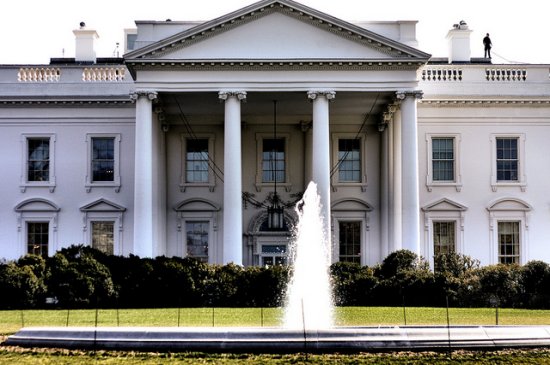
President Obama is leading the charge to make student loan debt more manageable for borrowers. With the passage of Pay As You Earn, repayments dropped to as low as 10% of disposable income for many borrowers. And by handing the Consumer Financial Protection Bureau oversight on student loan servicers, many unethical and strong-arm debt collection tactics have now ceased. Now the administration is pushing to make it easier for cash-strapped debtors to get student loan relief in bankruptcy. This is a move applauded by the President of the National Association of Consumer Bankruptcy Attorneys (NACBA), Ed Boltz.
The Wall Street Journal quoted Boltz on this issue saying, “We’re glad they’re making this a priority and hope Congress does also.” Historically, student loans have been notoriously difficult to discharge in bankruptcy, even for those deep in debt with little or no means to support themselves or profound disabilities. A 2012 NACBA report titled Student Loan Debt Crisis Survey surveyed attorneys and showed the following grim statistics about educational debt:
- 81% reported an increase in clients carrying student loan debt
- 48% cited this increase as “significant”
- 95% said that troubled debtors had no real chance of obtaining discharge of their college debt
- 82% stated that a lack of student loan discharge was a “big problem” preventing clients from getting a fresh start
- 65% believe that student loan debt collections have become significantly more aggressive
- 61% with student loan debtor clients see aged loans (more than 15 years) actively pursued
Student loan debt shows no signs of slowing as state schools cut funding for scholarships and grants, and many parents are hard-pressed to help finance their children's college education. A report released last month by the Federal Reserve Bank in New York on household debt showed that student loan delinquencies are growing at an alarming rate. Research officer Donghoon Lee from the Fed said, “Student loan delinquencies and repayment problems appear to be reducing borrowers’ ability to form their own households.”
Over the last decade, average student loan debt has grown 74% from $15,000 up to $27,000. Student loans are the consumer debt most likely to be delinquent with a whopping 11.3% of the $1.16 trillion owed now overdue. And, of course, this is with no safety net that comes with every other type of debt. Student loans are largely ineligible for bankruptcy and federal student debt has no statute of limitations. None. Even income taxes eventually age out. Student loans can literally follow you to the grave.
This move by the Administration to loosen bankruptcy strictures on student debt is critical. Under the current system, to even have a shot at possible discharge, an additional step must be taken outside of the standard bankruptcy petition – called an adversary proceeding. This is a complex and time-consuming filing that incurs a charge above and beyond the typical legal fees because of the labor involved. Yet for those that scrape up the money to take this extra step, it can be a Catch-22.
NACBA President Ed Boltz says, “If you are able to have a client who can pay…it gets used against them in the discharge process. The student-loan attorney uses the argument that if you have $5,000 to pay your attorney for this, why didn’t you just pay your student loans.” And even if the attorney waives the processing fee, the chances at a discharge under the current system are low. This is frustrating for both the debtors who desperately need relief and the bankruptcy attorneys who advocate to get their clients a financial fresh start.
Student loan champion Senator Elizabeth Warren has long been pushing for more reasonable student loan measures in bankruptcy and perhaps now, with President Obama's backing and enhanced media attention to the plight of struggling student loan debtors, there will finally be some movement toward meaningful bankruptcy relief for this overwhelming debt for those who truly cannot afford to pay.
Please read the original post on our affiliate site, BillsBills.com